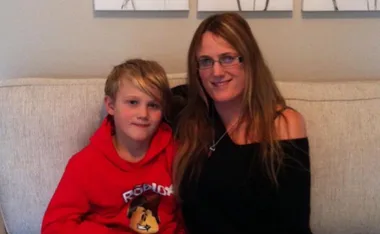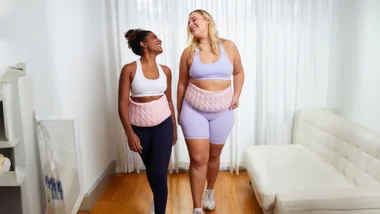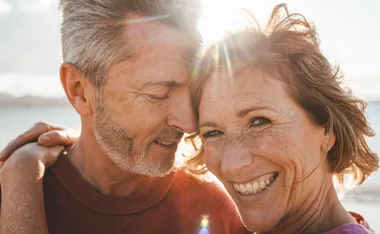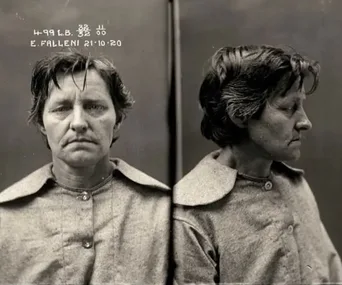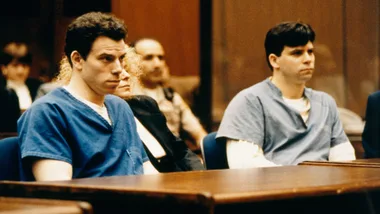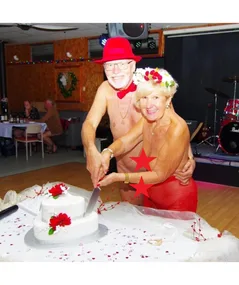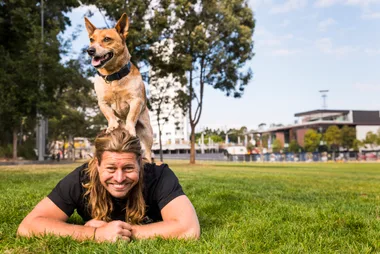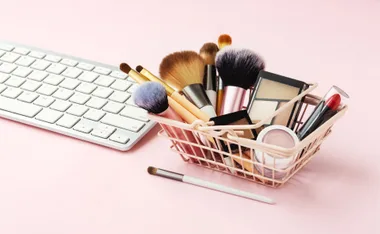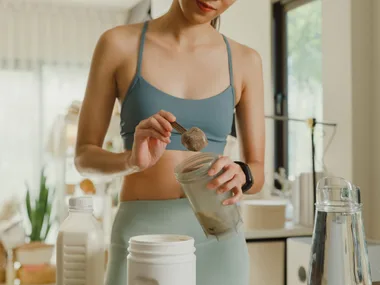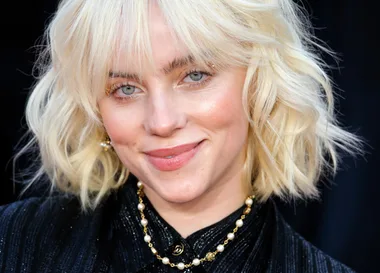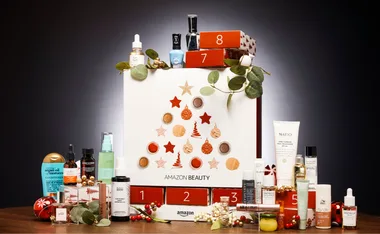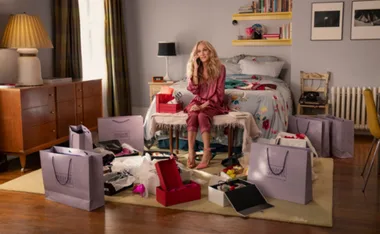Walking every day is good, but more and more studies are proving the benefits of strength training for women of every age. Strength or resistance training not only results in a stronger, leaner body, but also offers enormous health benefits. It’s not about lifting big weights or beefing up, just making sure you give all your muscles a good workout, especially those in your upper body. If you’re not yet including strength training in your weekly workout, here are some great reasons to convince you to start.
You’ll lose weight
Strength training will help you build more muscle, which means you’ll have a faster metabolism. The more muscle you have, the more kilojoules you burn throughout the day — whether you’re walking, vacuuming, or sleeping — making it easier to lose kilos and maintain that well earned weight loss.
You’ll lose less muscle
Women who don’t strength train lose between 2.2kg and 3.2kg of muscle every decade. Although aerobic exercise such as walking and jogging improves our cardiovascular fitness, strength exercise maintains our muscle mass and strength. The stronger your muscles are, the easier it is to do everyday activities. Strength training will also make you look leaner and give your muscles greater definition.
Your metabolic rate will be preserved as you age
Because muscle is very active tissue, muscle loss is accompanied by a reduction in resting metabolic rate — the rate at which you burn kilojoules. Research indicates that an average adult experiences a two percent to five percent reduction in metabolic rate every decade of life. Strength training after age 30 can reverse the natural slowing down of your metabolic rate.
You’ll increase your bone mineral density
Weight training strengthens your bones, reducing your risk of developing osteoporosis. Research has also shown that strengthening the muscles improves balance, thereby decreasing the incidence of falls. This in turn results in fewer bone fractures.
You’ll improve your glucose metabolism
Researchers have reported a 23 percent increase in glucose uptake after four months of strength training. Poor glucose metabolism is associated with Type 2 diabetes and this kind of training can decrease your risk and improve the management of the disorder.
You’ll reduce the incidence of lower back pain
Strength training improves your posture and makes you less prone to lower back injuries. Nothing makes you feel better than a strong back — you stand taller, feel stronger and exude a great sense of self-confidence. Strength training also improves balance and flexibility. So what are you waiting for? It’s time to be a strong woman!












